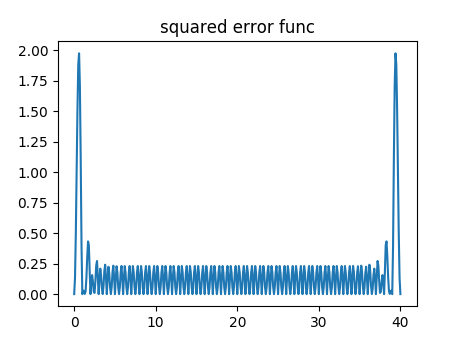From the properties of integrals it is not hard to derive an upper bound on the $L^2$ norm from the upper bound on the $L^\infty$ norm.
Since you have (from Hall & Meyer) a bound
$\left| f(x)-s(x) \right| \leq C h^4 = M$, then:
$\sqrt{\int_a^b (f(x)-s(x))^2 dx} \leq \sqrt{M^2(b-a)} = C h^4 \sqrt{b-a} $.
So, $\|f(x)-s(x)\|_2 \leq \sqrt{b-a} \|f(x)-s(x)\|_\infty.$
I'll now show that this bound is tight (up to the $\sqrt{b-a}$ factor) by showing that we can construct $C^4$ functions $f(x)$ such that
$\|f(x)-s(x)\|_\infty \leq \|f(x)-s(x)\|_2$.
I will start the construction with a piecewise-linear function and in the end show how to modify the function to be $C^4$.
The function $f(x)$ in my example is a "stairs" function with $f(x) = const$ for $i \leq x \leq i+1$, $i$ even,
and a line segment connecting the stairs for $i \leq x \leq i+1$, $i$ odd.
The sample points are the integer values $i$ (although it should work for any $h$).

The figure above shows the natural spline interpolating ten such stairs (with height 10 for each stair in this example).
Note that, except for near the ends, each inner step has a "wave" pattern with two extremum points on it (a local maxima and minima, see also the enlarged figure below).

In fact this configuration is another example for the $n-1$ bound given in my previous answer concerning the number of spline extremum points.
It is also a good example to answer this question on spline monoticity.
It shows that we can construct
a series of monotone sample points for which the approximating spline will have any number of extremum spline points
(if we insist on a strictly monotone sequence, we can give the flat stair an $\epsilon$-angle, which doesn't change the result).
The next figures show the squared error function $(f(x)-s(x))^2$ for the above figure with ten stairs, and for the same construction with twenty stairs. Note that the figures are not in the same $x$-scale - the first domain is $[0,20]$ and the second is $[0,40]$, so the stair width in both is identical.


The first important thing to notice is that the maximal error does not increase.
This is to be expected as the bound from Hall & Meyers depends only on $h$ and the maximum of the fourth derivative, which do not change in the example.
On the other hand, each constant stair adds an error due to the "wave" pattern.
Therefore, while the $L^\infty$ norm will not increase as we add stairs, the $L^2$ norm will increase as we add stairs (since the squared integral accumulates the inner errors).
It is therefore clear that for a sufficient number of stairs $\|f(x)-s(x)\|_\infty \leq \|f(x)-s(x)\|_2$,
which is what this example was constructed to show.
I think the figures above best demonstrate the idea.
But for more insight, examine the following polynomials:
$$f_i(x) = 5(2(x-i)^3 - 3(x-i)^2 + (x-i)) + y_i, i \leq x \leq i+1$$
and
$$f_{i+1}(x) = 5(-2(x-i-1)^3 + 3(x-i-1)^2 + (x-i-1)) + y_i, i+1 \leq x \leq i+2$$
for $i$ even.
Notice that you can concatenate the above polynomials (between themselves, and with additional pairs of such polynomial segments)
so that they maintain $C^1$ and $C^2$ continuity. These polynomials are what the inner splines in the example converge to.
The last thing that is left to do is to show that we can build a similar construction with a $C^4$ function.
To do this we can use a degree-9 polynomial to connect the stairs instead of the line segment we used in the demonstration.
The 9-degree is needed because we want to maintain the constant polynomials on the (flat) stairs,
which requires constraints to the first, second, third and fourth derivatives to be zero on both sides in order to maintain the $C^4$ continuity.
To summarize: We have shown that $\|f(x)-s(x)\|_2 \leq \sqrt{b-a} \|f(x)-s(x)\|_\infty$ and that we can construct $C^4$ functions for which $\|f(x)-s(x)\|_\infty \leq \|f(x)-s(x)\|_2$. Thus, the bound is tight.




